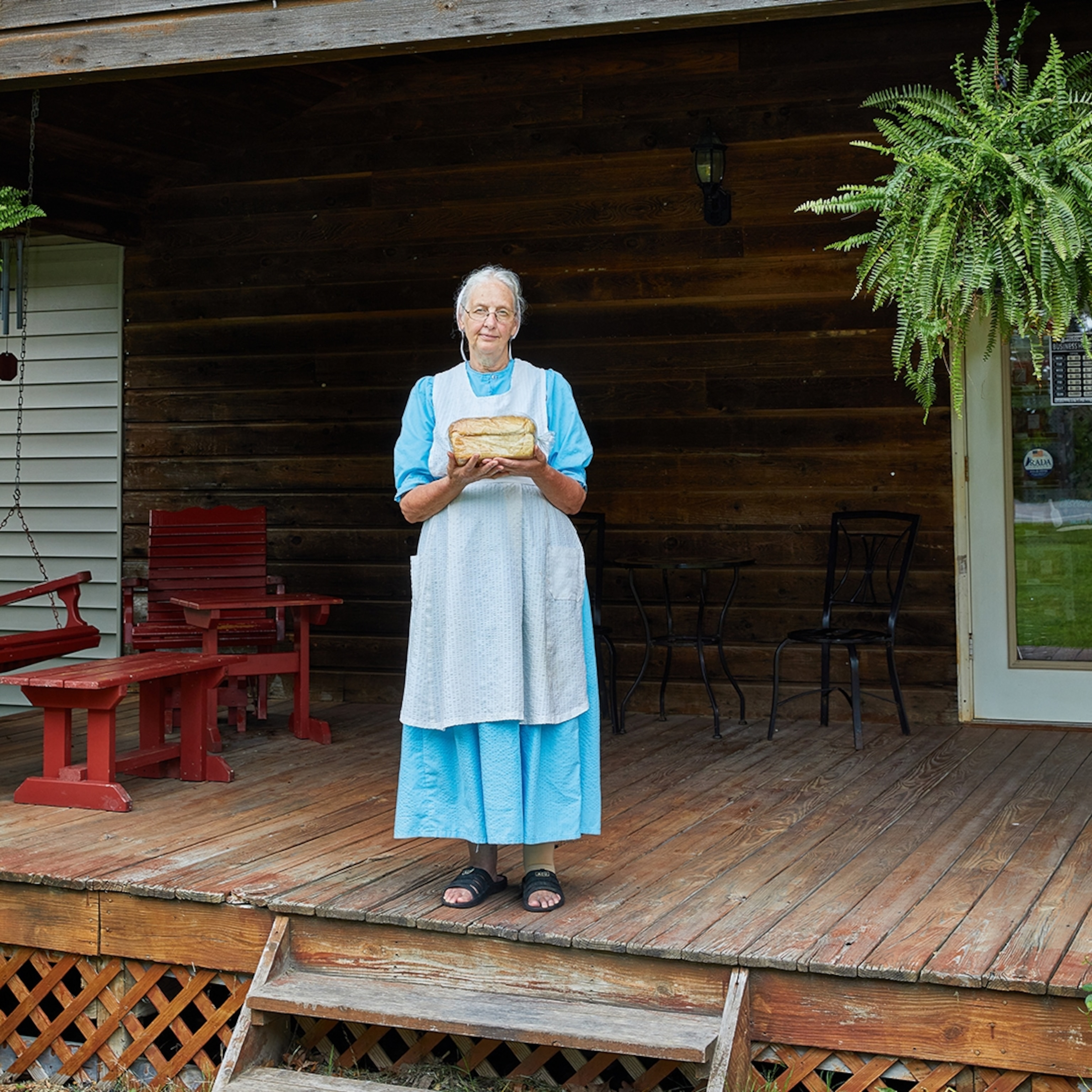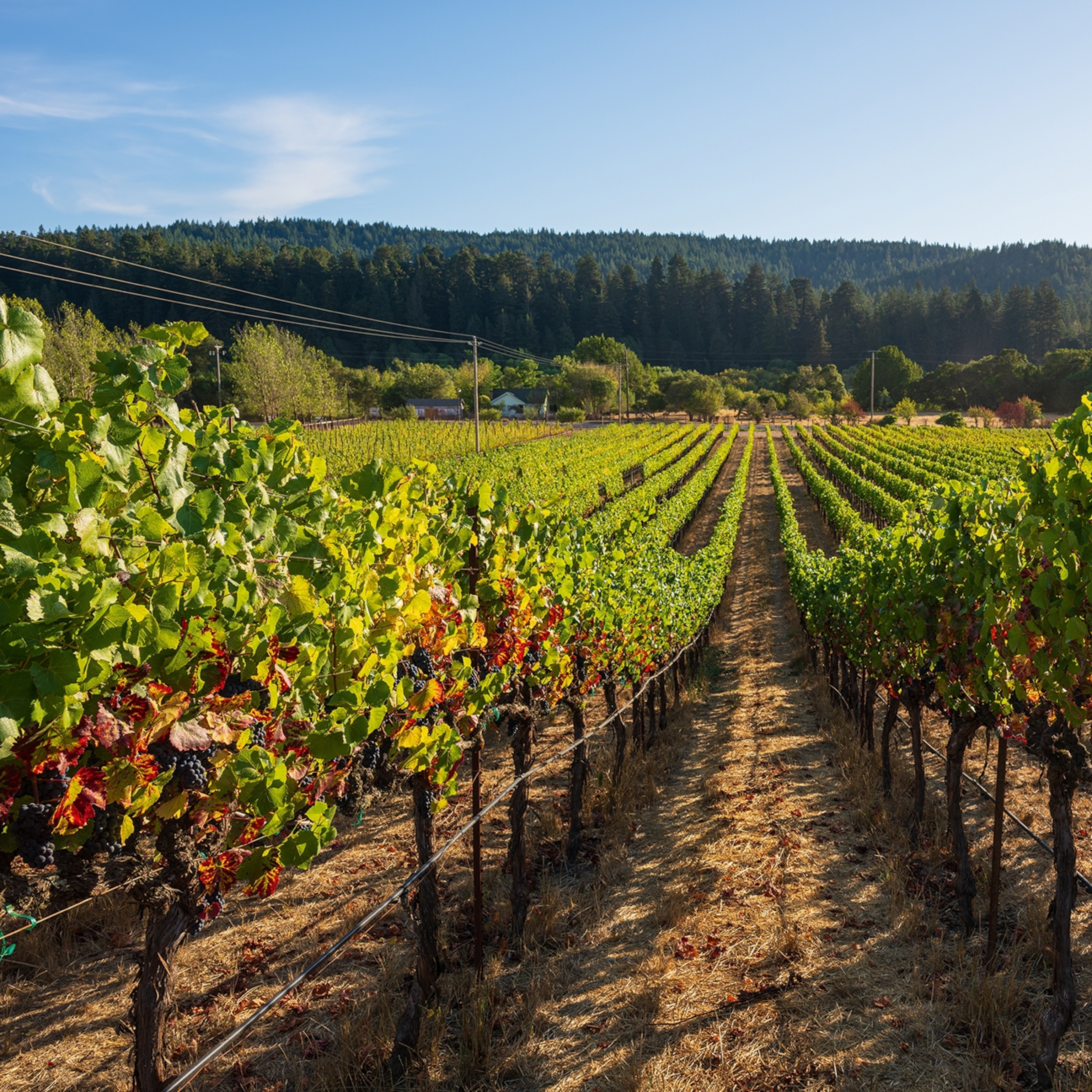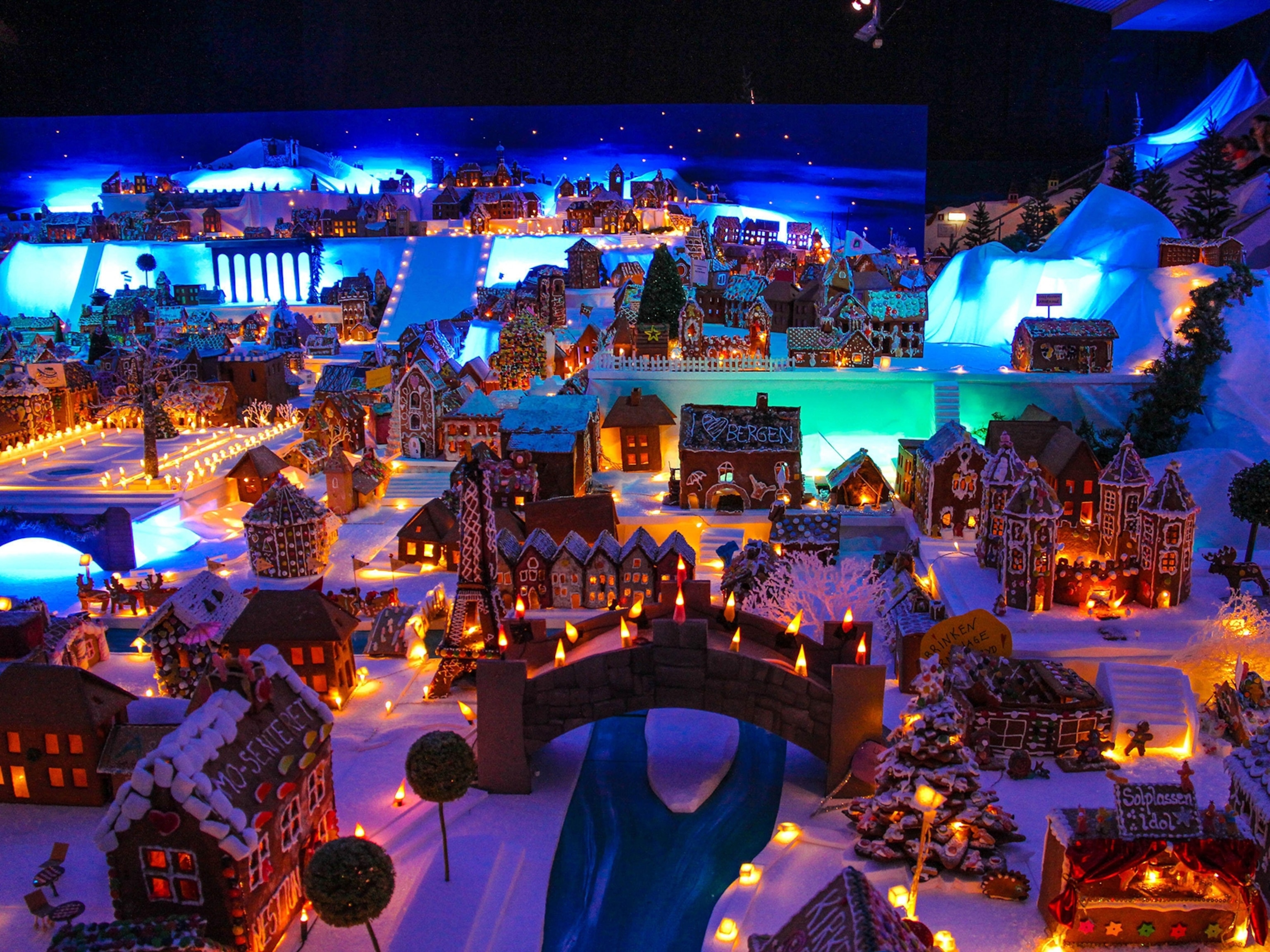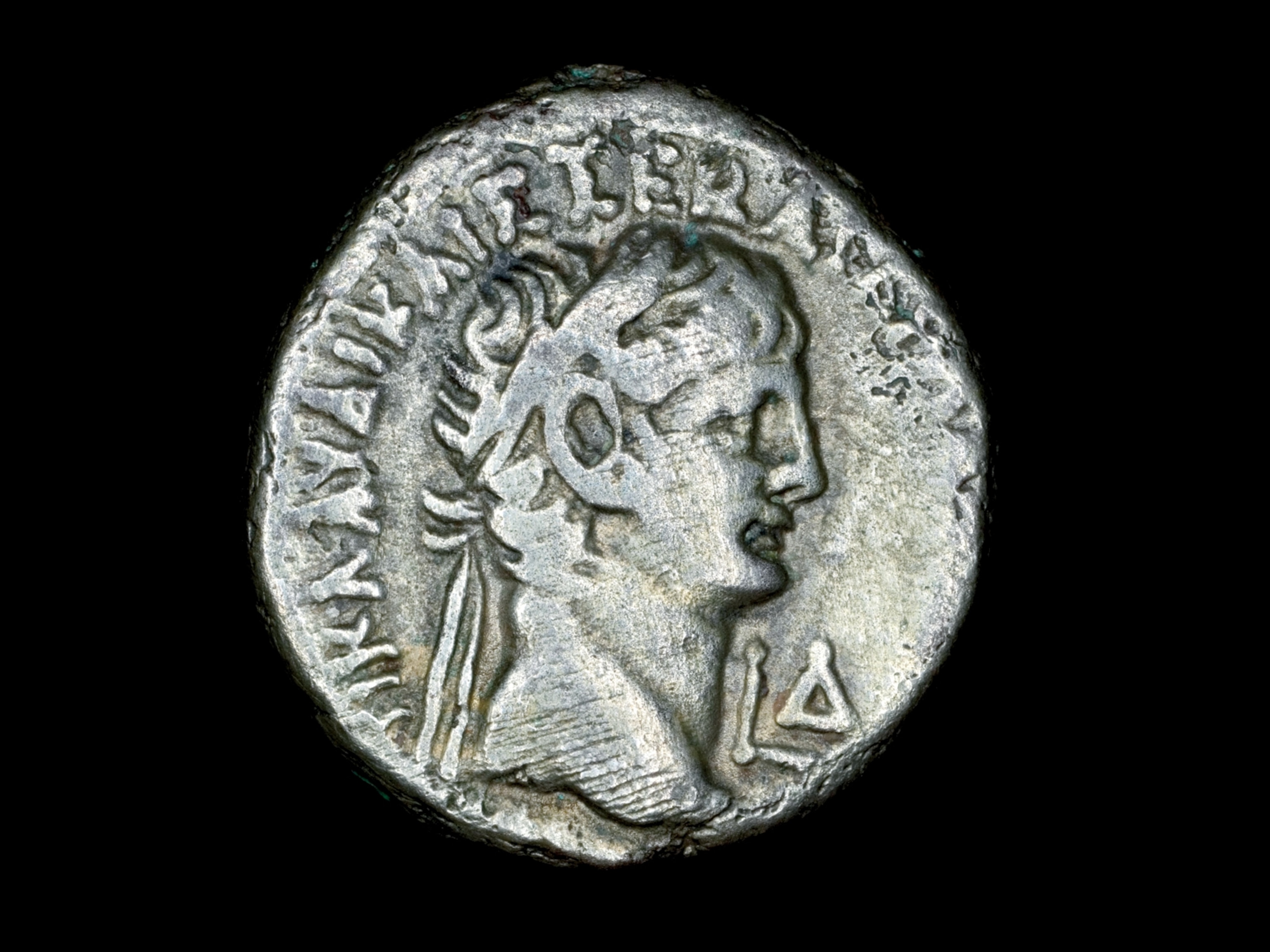
José Andrés: Farmers’ Markets and Our Future
Right outside my door, I am greeted with the best sign that spring is here.
No, it’s not the cherry blossoms that blanket Washington, D.C., where I live, in white petals. It is actually something so simple, but something so important. The return of the farmers’ market! Tucked between four of my restaurants, the National Archives and the Smithsonian Portrait Gallery, this Penn Quarter farmers’ market brings everyone in the neighborhood out of their office buildings, hotels, museums and restaurants onto the street—every Thursday from April to December—to see what our farmer friends have in store.
Now, I am a regular at the year-round farmers’ market across town in DC’s Dupont Circle, which like the one near my restaurants, is run by my friends at FRESHFARM Markets. Throughout the winter months, I take my daughters with me to pick up root vegetables and lettuces and cheeses. But, it’s this market, coming to life in the spring, which reminds me the best is yet to come. It’s a little known fact here that, a few steps from where the National Archives now sit, was once one of the region’s largest markets. It was called the Center Market, built in 1871, and had nearly 700 vendors.
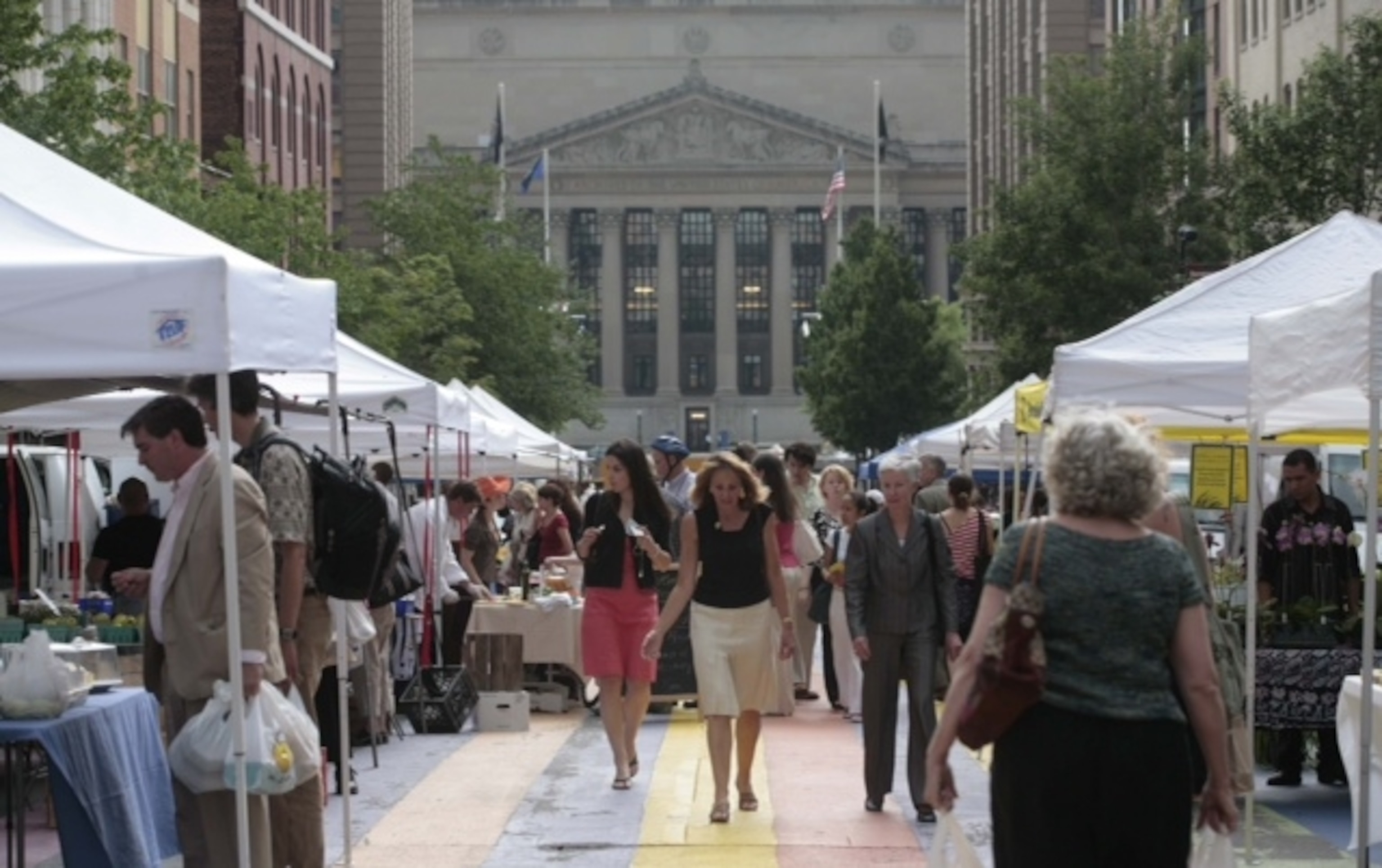
It is no surprise to my wife when I arrive home these first weeks of the market with bushels of leeks, cases of asparagus, and bags and bags of fresh-from-the-dirt spring mushrooms. Leek soup, roasted asparagus with romesco, mushroom paella; it’s all ahead for my family and friends. She also knows that my team and I have spent the better part of our afternoon catching up with the farmers who we haven’t seen for most of the winter. We talk about what they’ve been planting, what we can expect in the coming months. Fresh strawberries from Sand Hill Farms, heirloom carrots from Evensong Farms, or apricots from Black Rock Orchard.
FRESHFARM, a nonprofit that operates producer-only markets, is a group that my restaurants and I have supported for many years. Theirs is a leading voice for small producers and family farms here in my hometown and the Chesapeake region, but the astonishing growth and support of farmers’ markets is an amazing movement to witness all across America. In San Francisco, you will find one of the largest and most unbelievable markets in our country at the Ferry Plaza on the Embarcadero. In New York, chefs, restaurants and locals alike buy fresh and organic produce right in the heart of the city at the Union Square Greenmarket. In Minneapolis, there’s St. Paul’s Farmers’ Markets, Green City Market in Chicago, and in New Orleans, you can visit Crescent City’s. You can find markets now in nearly every city, large and small.
As chefs, we rely on our farmers. We talk to them regularly, and we visit them both at their farms and at the markets. Sometimes, we may even buy them out of all their stock when we see they have something really special. This usually doesn’t make the other shoppers (or other chefs) at the market too happy. Sorry, people, you know who you are. There is a strong bond between farmers and chefs, and now we see all kinds of people making an effort to get out to their farmers’ markets, too, to connect with small farmers, the family farmers, who are part of our community and who are growing our food. There are so many groups working to make these connections stronger; government agencies and USDA programs, as well so many NGOs and local events I can’t even begin to count. They range in all shapes and sizes—there are big guys like American Farmland Trust and small groups such as Stewards of the Land in Illinois, and of course there are chefs who all want to support our farmers, like Chefs for Farmers down in Texas.
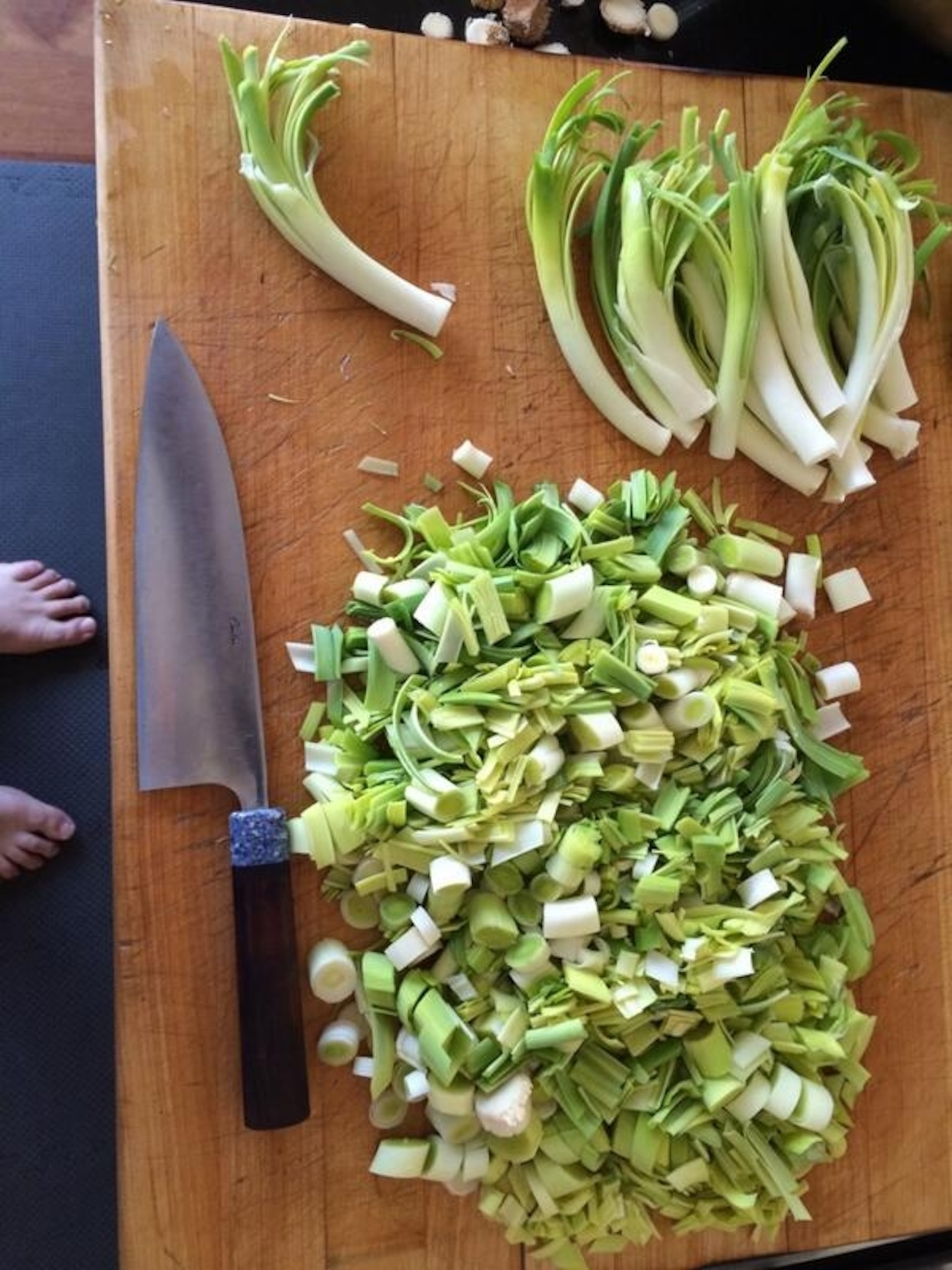
More and more, we are learning the importance of family farms here in the U.S., and with that comes the good and bad, the challenges and the opportunities. When we talk about our food systems, about how our food is grown and processed, you can guarantee controversy; there are always different opinions. The U.S. Farmers & Ranchers Alliance, which includes many in big agribusiness, is also trying to tell their own story. A new film hitting theaters this month called Farmland is one of those stories, and I’m looking forward to seeing it. It takes a look at the challenges facing young farmers in a time when the average age of a farmer is 60 years old. And it was made with funding from the Alliance. I think its safe to say that food is personal, farming is a passion; it’s the story of how we built this country, and it will always stir emotion in people.
While we start to pay more attention to farming here at home, what we often overlook is how important the family farm, the small farm, is in the rest of the world, particularly in the developing world. Did you know that the United Nations declared this year, 2014, the International Year of Family Farming? The purpose is to bring attention to how family farmers all over the world can end hunger, save our resources and build a sustainable future. Is it these farms that will feed 9 billion people?
These family farms are smallholder or small-scale farms, usually fewer than five acres of land, with minimal equipment and very little financial resources. There are about 500 million of them across the globe, providing a huge percentage of the food that feeds us. Eighty percent of Asia and sub-Saharan Africa’s food supply comes from these small farms. What you can’t forget, though, is that these farms are a business, these farmers are entrepreneurs, and with investment and information, they can thrive.
UN agencies like the Food and Agriculture Organization, the International Fund for Agricultural Development, and the World Food Programme—along with vast numbers of nonprofits, foundations and institutes such as the Bill and Melinda Gates Foundation and Oxfam—are focusing on agriculture information and technology, on how to support, finance, educate, and empower these farmers. The goal? To provide people with the tools and resources they need to feed themselves.
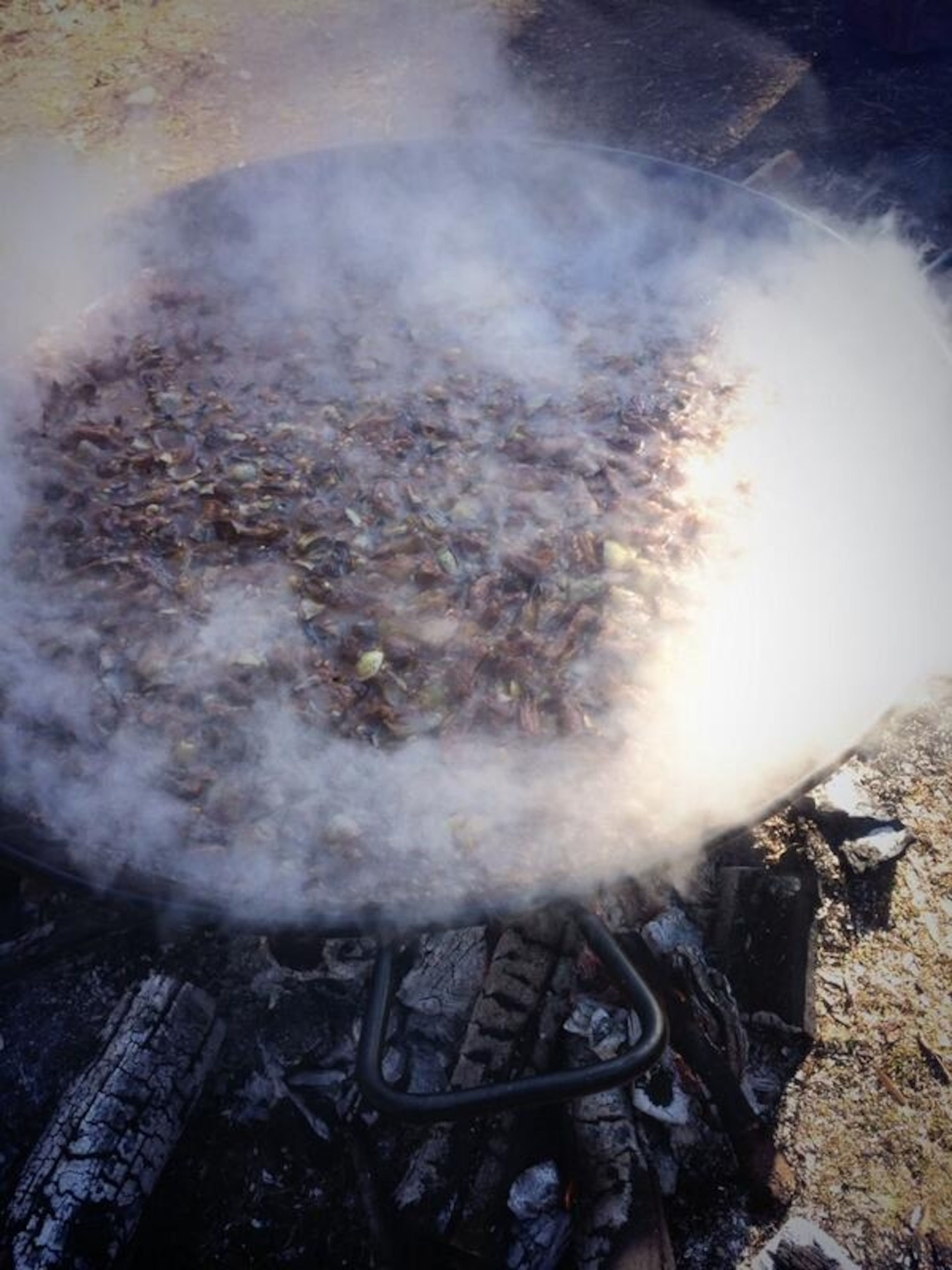
Tools and resources can help them face challenges like climate change. These small farms are unbelievably vulnerable to the effects of weather patterns and natural disasters, and so groups like the IFAD are creating programs to show them how to understand the effects of those disasters before they hit and grow drought-tolerant and climate resistant crops. Resources can also help these farmers gain access to local, national. and international markets. They can build systems to partner with big business and help increase the contribution of women in rural farming areas, hopefully pulling them out of poverty.
Many of the hungry and poor don’t want our pity, they want our respect. They want to have the opportunity to take care of their family and their community. This intersection of investing in these farmers and providing information and technology for growth is a way we can help them achieve their dreams. It can lead to stability and provide people around the world with the opportunity to make a living all on their own, just like we strive for here in the U.S.
Helping small farmers at home and abroad is just one of many things we can be doing to feed our planet. Listening to each other and sharing our knowledge is our greatest resource. This pushes us to look beyond imposing one solution or one belief on those that help provide our food. There is much more we can learn, many ideas to listen to, many ways to get involved, we just need to be hungry for it and plant the seeds.
